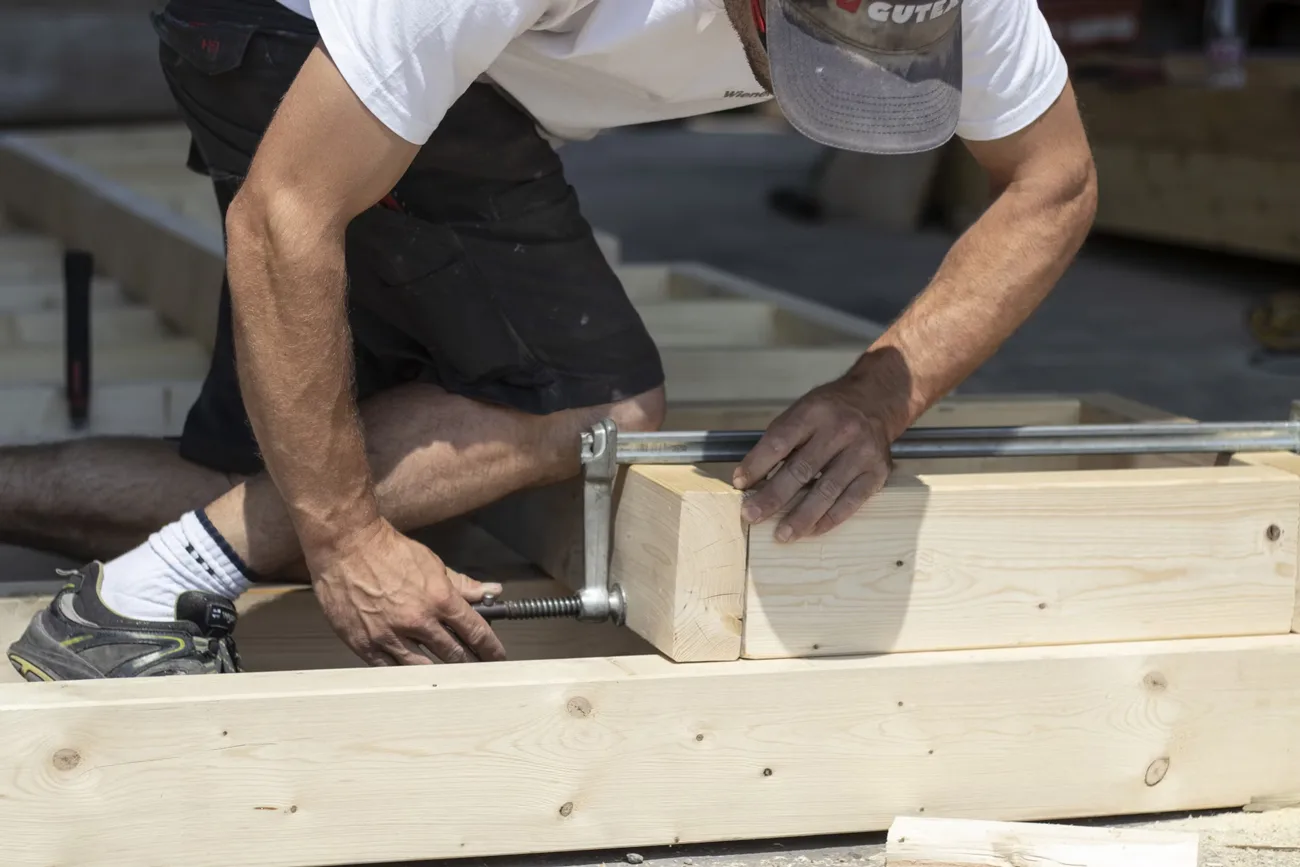A roof is one of the most critical components of your home, acting as the first line of defense against the elements. Over time, even the most robust roofs can wear out, necessitating replacing your roof to maintain the security and integrity of your home. This guide will walk you through the key considerations and steps involved in ensuring a quality roof replacement.
Understanding the Importance of a Quality Roof Replacement
Replacing a roof is a substantial investment with multiple benefits. A quality roof replacement provides a reliable barrier against adverse weather conditions, such as rain, wind, snow, and extreme temperatures, thus preventing water damage, mold growth, and structural issues. Moreover, modern roofing materials can enhance energy efficiency by improving insulation, leading to reduced heating and cooling costs. Additionally, a new roof enhances curb appeal, increases property value, and ensures the safety of your family and visitors, as an old or damaged roof can pose safety hazards.
Signs That You Need a Roof Replacement
Before diving into the replacement process, it’s essential to recognize when a roof replacement is necessary. Here are some common signs:
Age of the Roof: Most roofs last between 20 to 25 years. If your roof is approaching or exceeding this age, it’s time to consider a replacement.
Visible Damage: Look for cracked, curled, or missing shingles. These are clear indicators that your roof’s integrity is compromised.
Leaks and Water Damage: Water stains on your ceiling or walls, mold growth, and damp insulation in your attic are signs of a leaking roof.
Sagging Roof Deck: A sagging roof deck indicates structural issues that require immediate attention.
Increased Energy Bills: If your heating and cooling bills have increased, your roof might not be insulating your home effectively.
Choosing the Right Roofing Material
The material you choose for your new roof will significantly impact its durability, appearance, and cost. Here are some popular roofing materials:
Asphalt Shingles: These are the most common roofing materials due to their affordability, ease of installation, and variety of styles. They typically last 15-30 years.
Metal Roofing: Metal roofs are durable, energy-efficient, and environmentally friendly. They can last 40-70 years and are available in various styles and colors.
Wood Shingles and Shakes: Wood roofs offer a natural, rustic appearance and can last 20-40 years. However, they require more maintenance and are susceptible to fire and pests.
Tile Roofing: Made from clay or concrete, tile roofs are incredibly durable and can last over 50 years. They are heavy and require a strong roof structure.
Slate Roofing: Slate is a premium roofing material known for its longevity (up to 100 years) and aesthetic appeal. It is also heavy and expensive.
Finding a Reliable Roofing Contractor
A successful roof replacement project hinges on finding a reliable and experienced roofing contractor. Here are some tips for selecting the right contractor:
Research and Referrals: Start by researching local contractors online and asking for referrals from friends, family, or neighbors. Look for contractors with positive reviews and a solid reputation.
Check Credentials: Ensure the contractor is licensed, insured, and bonded. This protects you in case of accidents or damage during the project.
Experience and Expertise: Choose a contractor with extensive experience in roof replacements and knowledge of various roofing materials.
Written Estimates: Obtain written estimates from multiple contractors. This allows you to compare prices, materials, and timelines.
References and Past Work: Ask for references and review the contractor’s past work. This gives you insight into their workmanship and reliability.
Warranty and Guarantee: A reputable contractor will offer a warranty on both materials and labor, providing peace of mind and protection for your investment.
The Roof Replacement Process
Understanding the roof replacement process can help you prepare and ensure the project runs smoothly. Here are the typical steps involved:
Inspection and Planning: The contractor will inspect your current roof, assess its condition, and discuss your options and preferences for the new roof.
Material Selection: Based on your budget, aesthetic preferences, and climate, you’ll choose the roofing material.
Cost Estimation and Contract: The contractor provides a detailed estimate, including labor, materials, and any additional costs. Once you agree, you’ll sign a contract outlining the scope of work and timeline.
Preparing Your Home: Before the work begins, protect your belongings by covering items in your attic and removing outdoor furniture or decorations near the house.
Removing the Old Roof: The contractor will remove the existing roof, inspect the underlying structure, and make any necessary repairs.
Installing the New Roof: The new roofing material is installed, starting with an underlayment to provide additional protection against moisture.
Cleanup and Inspection: Once the installation is complete, the contractor will clean up the site, remove debris, and conduct a final inspection to ensure the job is done correctly.
Maintenance Tips for Your New Roof
After investing in a quality roof replacement, it’s essential to maintain it properly to extend its lifespan. Here are some maintenance tips:
Regular Inspections: Inspect your roof at least twice a year and after severe weather events to catch any issues early.
Clean Gutters: Keep your gutters clean and free of debris to prevent water damage and ice dams.
Trim Trees: Trim branches near your roof to prevent damage from falling limbs and to reduce moss and algae growth.
Address Repairs Promptly: If you notice any damage or issues, address them promptly to prevent further deterioration.
A quality roof replacement is a vital investment in your home’s security, energy efficiency, and aesthetic appeal. By understanding the signs of a needed replacement, choosing the right materials, selecting a reliable contractor, and maintaining your new roof, you can ensure your home remains protected and secure for years to come.






